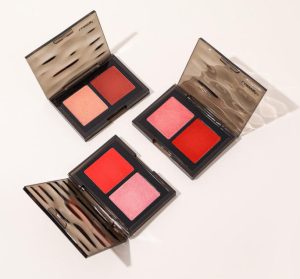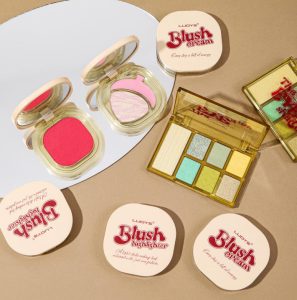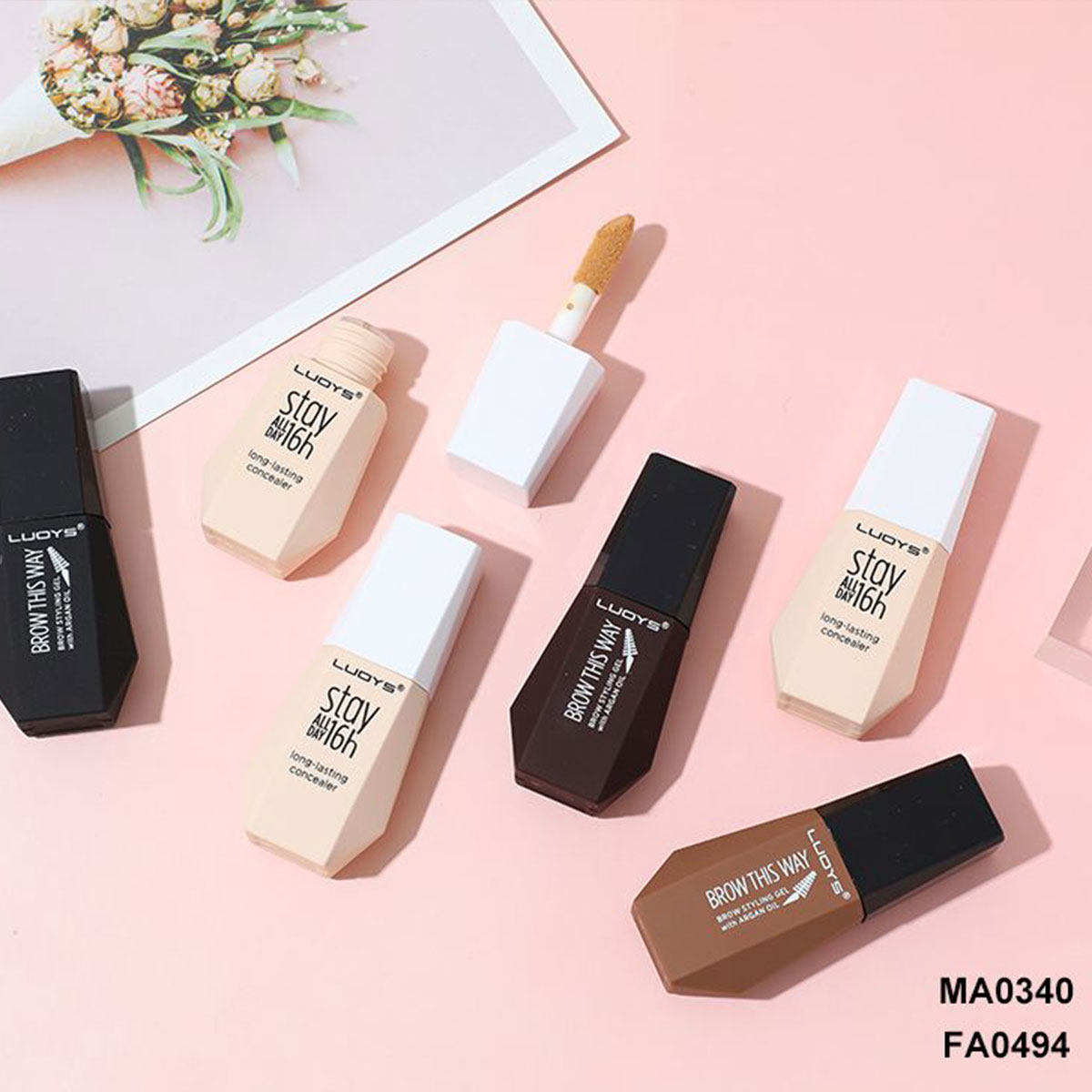How to Choose the Best Eyeshadow Palette Formula: A Manufacturer’s Guide for Brands

Picking a great?eyeshadow palette formula?is about more than just choosing fun colors. It’s about getting the product’s core right—how it feels on your skin, how it works, and how long it lasts. For brands working with factories, this choice can make your product a winner or a dud. A strong formula boosts your brand’s name. A bad one can pull it down fast. This guide jumps into the details of choosing a top-notch eyeshadow palette formula, using years of hands-on know-how from the makeup world.
Why the Formula Matters More Than You Think
Let’s be straight: people don’t buy eyeshadows just for the colors. They want a soft, smooth feel and shades that stay bright all day. A good formula turns someone who buys once into a fan who keeps coming back. From a factory’s view, the formula mixes science and art. You have to blend bright colors, easy application, and safety while keeping costs and production simple.
The stakes are big. Numbers from the makeup world show 68% of buyers care more about how a product works than its cool packaging when they decide to buy again. A formula that crumbles, creases, or bothers skin can lead to bad reviews and fewer sales. So, how do you pick a formula that hits all the right notes? Let’s get into it.
Key Factors in Choosing an Eyeshadow Palette Formula
When you team up with a factory to make an eyeshadow palette, you’re not just picking pretty shades. You’re building a product that needs to shine in everyday use. First, the color needs to pop. Buyers want bold, true-to-pan colors. They don’t want to pile on layers to see anything. But too much color can cause trouble, like fallout or uneven blending. You need a formula with just the right amount of color. It should look bright and blend smoothly.
Texture is super important too. Nobody likes an eyeshadow that feels rough or chalky. A great formula feels soft, almost like silk, and goes on easy. This depends on ingredients like talc, mica, or silica. Their quality and how fine they’re ground matter a lot. Really small particles—say, under 20 microns—give that rich, smooth feel people love. I heard about a brand that sent back a batch because it felt gritty. The problem? The talc wasn’t ground fine enough. Always ask your supplier for particle size info.
Staying power is another big thing. Nobody wants their eyeshadow gone by lunch. A good formula fights oil, sweat, and damp air. Ingredients like silicone-based binders or polymers help here. They make a thin layer that keeps the product in place without feeling heavy. Ask your factory if the formula’s been tested in hot or wet conditions. If they haven’t, you’re taking a chance. Some formulas, with a primer, can last over 12 hours, even on oily skin. Ask for proof of how long it stays to be sure.
Safety is a must. The skin around your eyes is super soft, so the formula has to follow strict rules, like the EU’s EEC standards or the FDA’s guidelines in the US. This means testing for stuff that might irritate, cause allergies, or have heavy metals. Good factories get their raw materials from trusted suppliers and share papers like MSDS (Material Safety Data Sheets) and COA (Certificate of Analysis). If they can’t show you these, walk away. Your brand’s name is at risk. Over 90% of makeup recalls in the EU happen because of safety problems. Don’t skip this step.
Customization makes your brand special. Maybe you want a vegan formula, a shiny sparkle, or a matte finish that feels fancy. A good factory lets you tweak the formula to match your ideas. You could change the shine, add moisturizing stuff, or try new textures, like cream-to-powder. One client asked for a formula with hyaluronic acid to make it hydrating. The result? A palette that sold out quick because it felt like skincare too. Ask if the factory can send different formula samples. If they’re open to changes, it shows they know their craft.
Here’s a tip: test samples on different skin tones to see how the colors and textures work. It might look great in the lab, but real-world use is what counts.
The Manufacturing Process: What Brands Need to Know
Knowing how a factory makes and tests an eyeshadow palette formula helps brands make better picks. It starts in the lab. R&D teams mix colors, binders, and additives to create a sample. This isn’t just throwing things together—it’s careful work. A typical eyeshadow formula might include:
|
Component |
Purpose |
Common Ingredients |
|
Pigments |
Add color |
Iron oxides, ultramarines |
|
Binders |
Keep it all together |
Talc, mica, silica |
|
Emollients |
Make it smooth and easy to spread |
Dimethicone, squalane |
|
Preservatives |
Stop germs from growing |
Phenoxyethanol, parabens |
Once the sample’s done, it gets tested hard. It faces checks for stability, safety, and how it works. This can take weeks. The formula gets put through heat, cold, and damp air to mimic real life.
Next, the formula moves to big production. This is where things can go wrong if the factory isn’t careful. Bad mixing or cheap machines can lead to uneven texture or color. A good factory uses high-tech gear, like automatic powder presses or high-shear mixers, to keep things steady. Automatic filling lines can cut batch differences by up to 95% compared to handwork. Ask to see the factory’s machine details. Better gear means better quality.
Before the palette hits stores, it goes through tough quality checks. This includes tests for germs, heavy metals, and how it applies. If a batch fails, it can delay production. Brands should pick factories that care about quality over speed. I heard about a brand that rushed a launch and skipped final tests. Their palette went on patchy, and it caused a big PR mess. Always ask for full quality reports.
Here’s a little story: I saw a brand try to save money by picking the cheapest factory. Bad call. The formula was all over the place, and they spent more fixing it than they saved. Lesson? Do your research.
How to Partner with the Right Manufacturer
Choosing a factory isn’t about finding the lowest price. It’s about picking a partner who gets your brand’s style and goals. Check for certifications like ISO22716, FDA, or EEC compliance. This makes sure your product works in markets worldwide. See if they can handle your order size. A factory making 1 million eyeshadow units a month is ready for big launches. A strong R&D team can customize formulas to fit your needs. Transparency is key—do they share clear info on raw materials and testing? If not, that’s a warning sign. Lead times of 45-60 days are normal, but check if this fits your plan.
One thing to watch: make sure the factory’s machines are modern. Old equipment can lead to uneven batches, and that’s trouble you don’t want.
Limei Cosmetics: Your Trusted Eyeshadow Palette Supplier

Located in Yiwu, Zhejiang, China, Limei Cosmetics?has been a major player in makeup since 1993. Their 20,000-square-meter facility has over 300 workers, including 20 R&D experts and 10 quality inspectors. Limei is great at ODM/OEM?services. Their eyeshadow palette formulas meet tough EEC and FDA standards, plus ISO22716 certification. They produce 1 million eyeshadow units a month, using top-notch machines like automatic powder presses. Their products?reach 50% of the US market, 30% in Europe, and other places globally. Limei’s focus on safety, customization, and quality makes them a great choice for brands wanting eyeshadow palettes that stand out.
Conclusion
Choosing the best eyeshadow palette formula blends creativity, science, and smart thinking. You need bright colors, a smooth feel, long wear, and top safety to make a product people love. Work with a factory that cares about quality and open about their process. Look for one with modern machines and careful testing. This sets your brand up for success. Whether you’re new or a big name, taking time to pick the right formula builds trust with buyers and earns great reviews.
FAQs
What makes a really great eyeshadow palette formula?
A top eyeshadow palette formula has bright colors, a soft feel, and stays on all day. It blends easy, doesn’t crease, and is safe for sensitive skin. Testing for standards like EEC or FDA shows it’s high quality.
How can brands make sure their eyeshadow palette formula follows global rules?
Work with a factory that has certifications like ISO22716. They should test for germs and heavy metals. Ask for MSDS and COA papers to check that raw materials are safe and meet EU and US rules.
How long does it take to make a custom eyeshadow palette formula?
It usually takes 45-60 days to create a custom eyeshadow palette formula. This covers R&D, making samples, and testing to make sure the formula is stable, safe, and works well.
Can I ask for specific textures or finishes in my eyeshadow palette formula?
Yes, for sure! A good factory can adjust formulas for matte, sparkly, or unique textures. Share your ideas with their R&D team, and they can make the formula fit your brand’s style.
Why is testing so important for an eyeshadow palette formula?
Testing makes sure the formula is safe and works in tough conditions, like heat or damp air. Skipping tests risks problems like irritation or bad performance, which can hurt your brand’s name.


